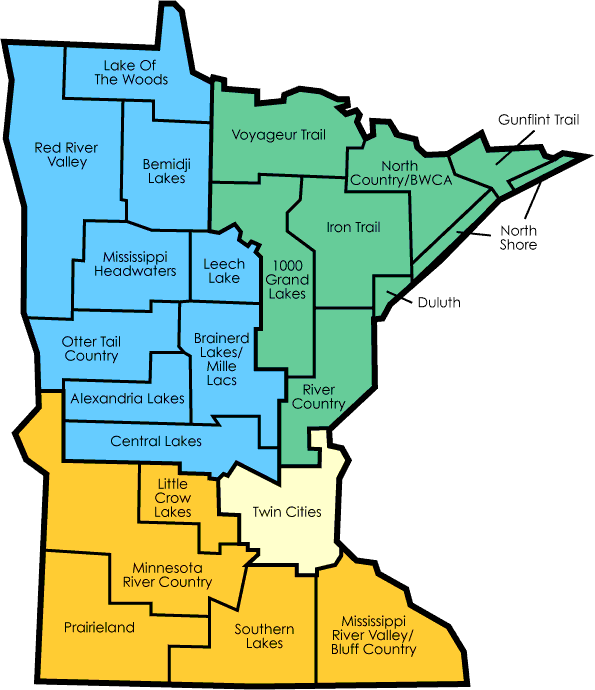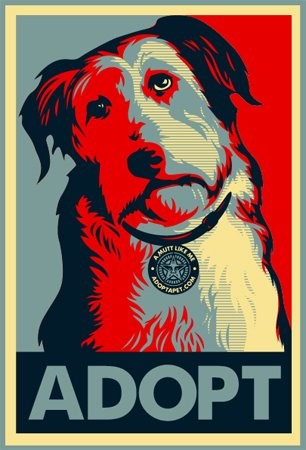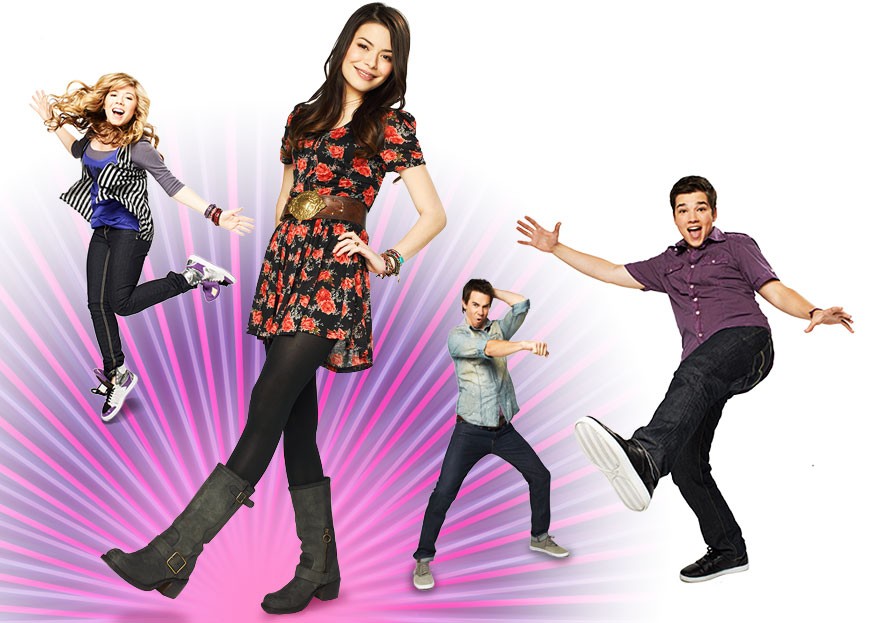Well.
So that happened.
That was something, huh?
Okay. I don’t really know what happened. I’m writing this at just-after-kid-bedtime-o’clock on election night 2012. But you all know by now, and by the time you read this, you’ll be full-to-bursting with everyone else’s opinions on the subject. So let’s just take a breather.
Here we are. Still.
I hope we are, anyway. Maybe by morning we’ll all be conscripted to Haha I Was Totally Socialist The Whole Time Brainwashing Camp, or raptured off to our own tax-sheltered planets. The stakes sure seemed that high, didn’t they?
Truthfully, the returns I’m watching most closely aren’t on NPR’s Big Board, but on the Minneapolis NBC affiliate’s website (whassup, KARE-11!). That’s where the results of Minnesota’s vote on adding a constitutional definition of marriage is being tracked.
I have certain beliefs about the place I was born and mostly raised. One of these, and probably the deepest, is that Minnesota is a calm, reasonable, and therefore socially liberal place. What? Okay, so maybe being Minnesotan makes me connect those three things together more naturally than others might.
Or so I always thought. Something has happened over the last ten years, something which can be best and most frighteningly be defined as The Bach-Omenn. The good ol’ Keillorized Democratic stronghold of my upbringing was infiltrated by tea-partiers, which doesn’t even make any sense. No one’s ever been served tea in a Lutheran church basement. My people are coffee-drinkers.
But I could rationalize with the best of them. It was the recession, of course. Being broke makes people freak out a little bit. Circle the wagons. Get conservative in every way. Long for the safety of the past as embodied in the mentality of the ‘50s (1750s, apparently, but still). I hated it, but I got it.
But then it got ridiculous. Instead of just hunkering down and muttering their grievances like good Norwegians, some especially misguided troupe decided that the only way to make things less confusing was to officially define marriage. In the state constitution. I really can’t even begin rationalizing that one.
Maybe they were hoping no one would notice. I mean, state constitutions are somewhat obscure. Until they aren’t. Not many people care about fuel taxes or timber management, but when you take a 150-year-old document and use it to inject personal prejudices into a government that was created to serve every one of its citizens, you’re going to attract some attention. Even all the way down in Memphis, Tennessee.
In the course of writing this, the electoral college decision has been made, and I’m thrilled with the results. But I’ve still got my eye on kare11.com, watching the marriage amendment votes sneak closer and closer to an even break. I really didn’t think it would possibly be this close. I know that voters in rural areas can be more moralistic, but come on, surely mine isn’t the only family with a gay farmer in it.

I have a very clear idea of the place I consider home, and it torments me to think I could wake up tomorrow and find out that that idea is wrong. I haven’t used this space to tell anyone how to vote and it’s far too late to do so now, even if I wanted to. All I can do at this point is hope for the best and send my support to all my loved ones who have already been affected by this battle, both in Minnesota and in the three other states that put their personal lives on the ballot. No matter what the final votes are, the very proposal of these laws and amendments suggested, very publicly, that their families are wrong and their home lives are worth less than their straight neighbors’.
I know what I’ll be celebrating tomorrow. Now I just hope everyone can celebrate with me.








